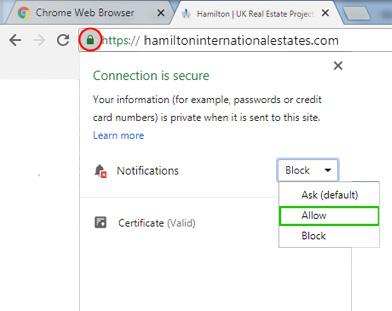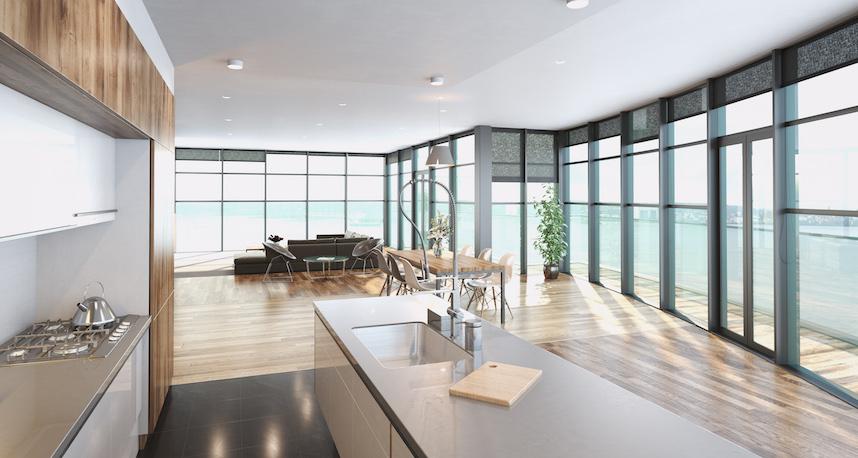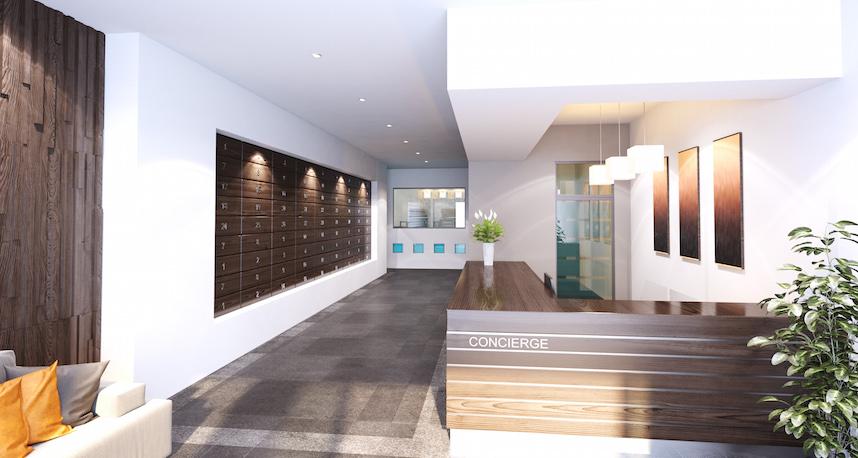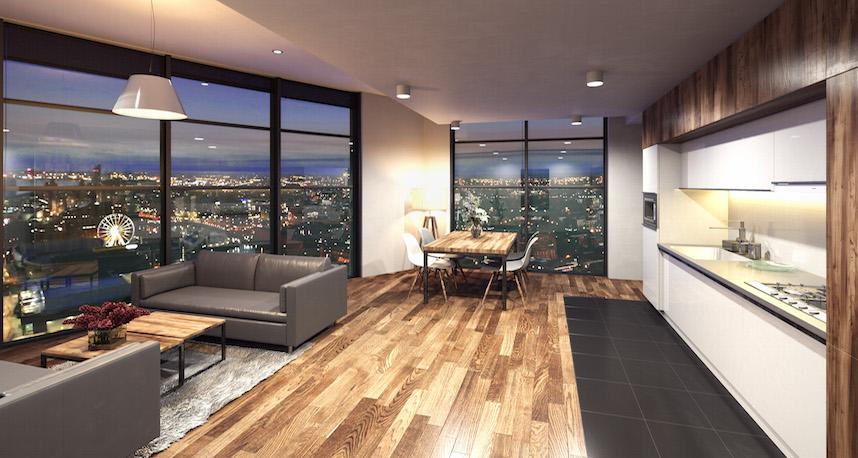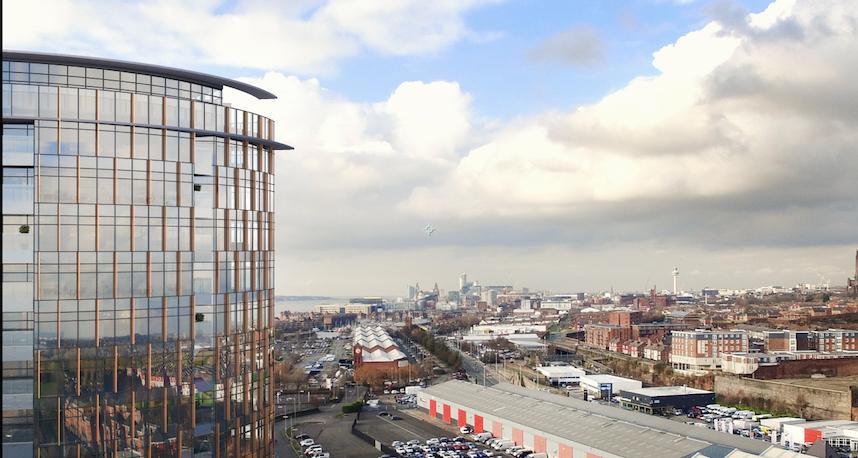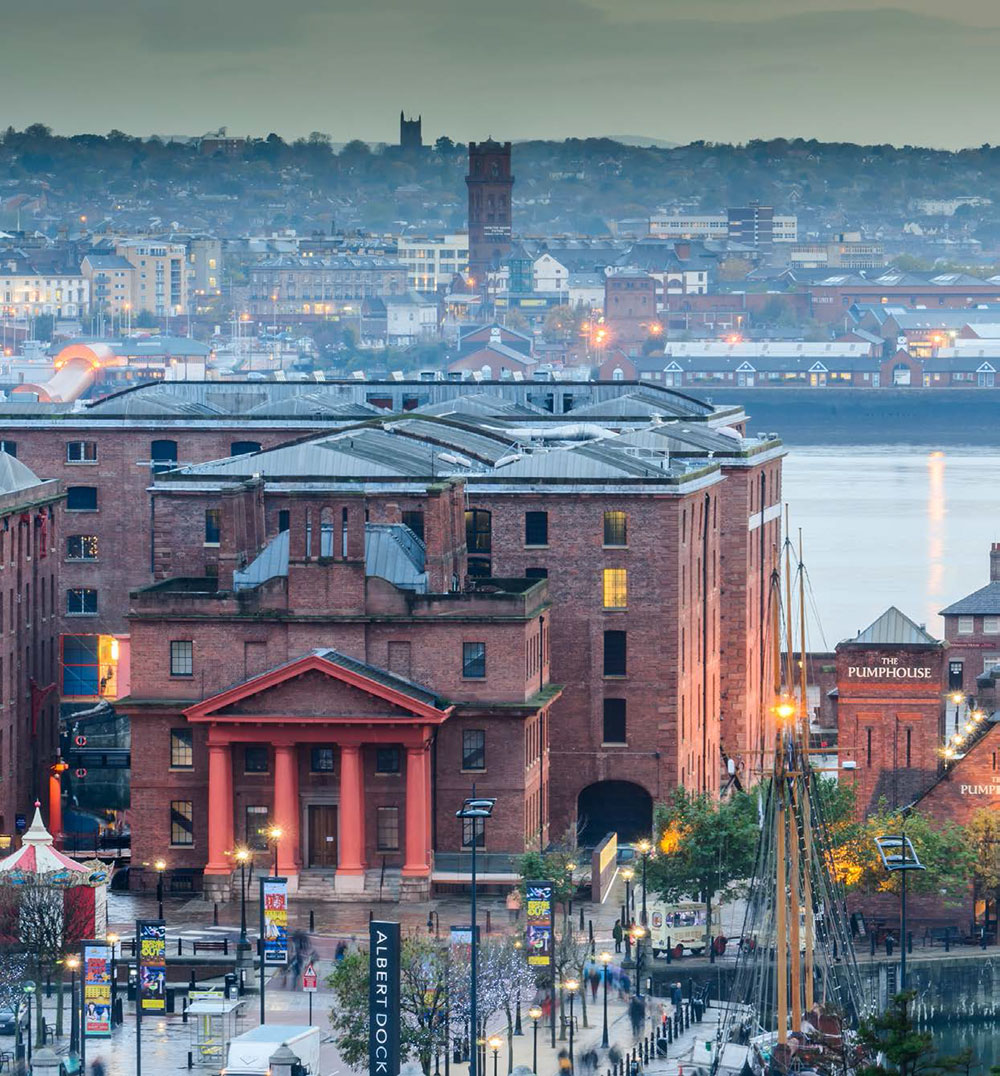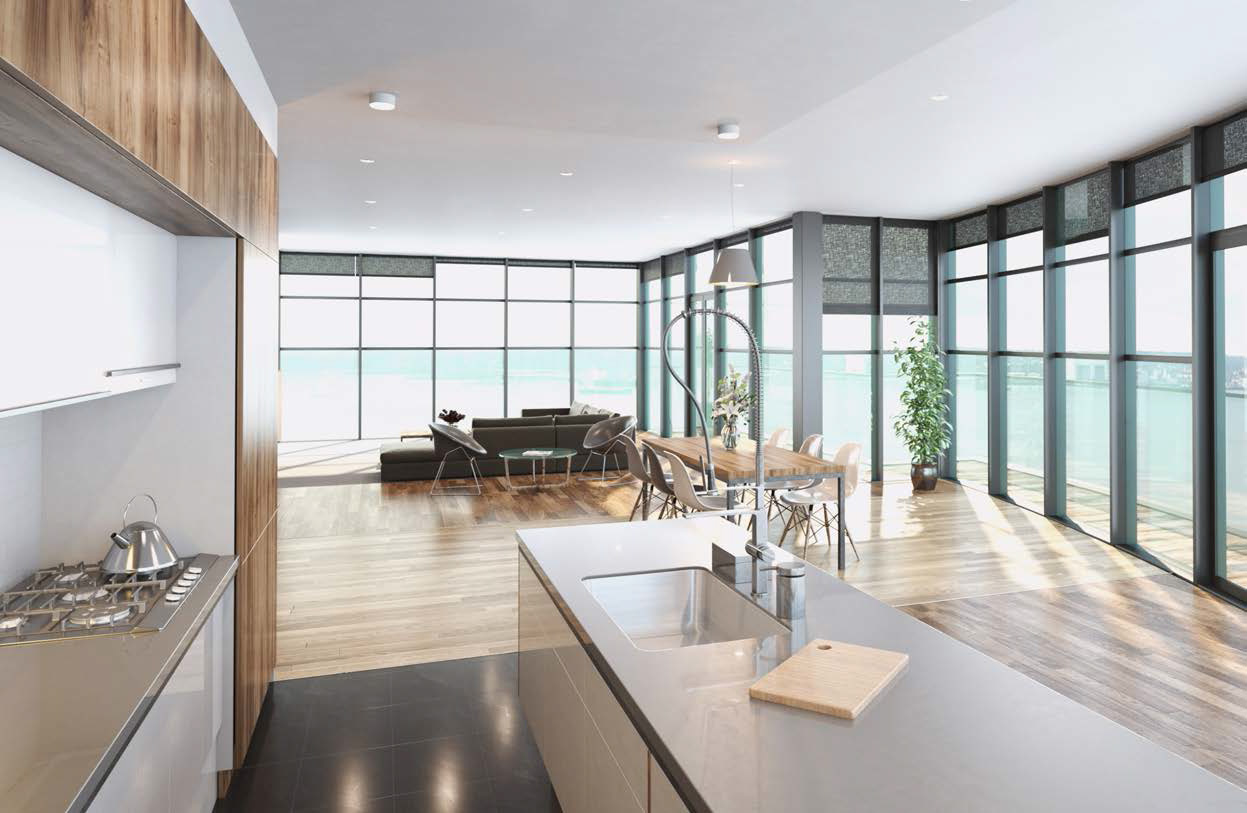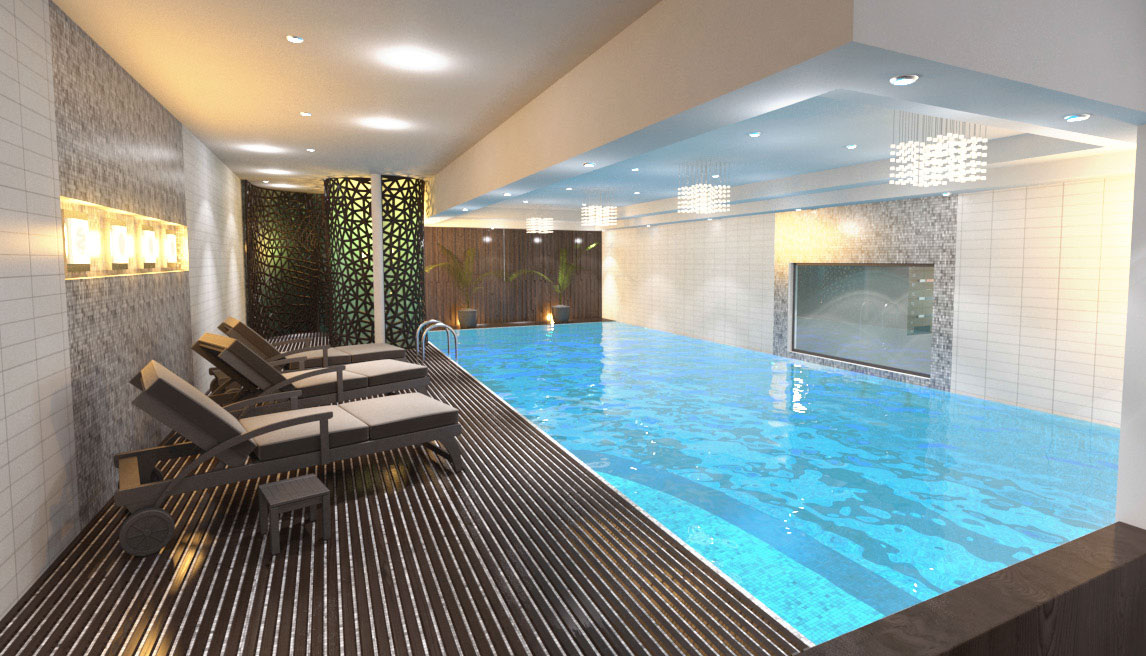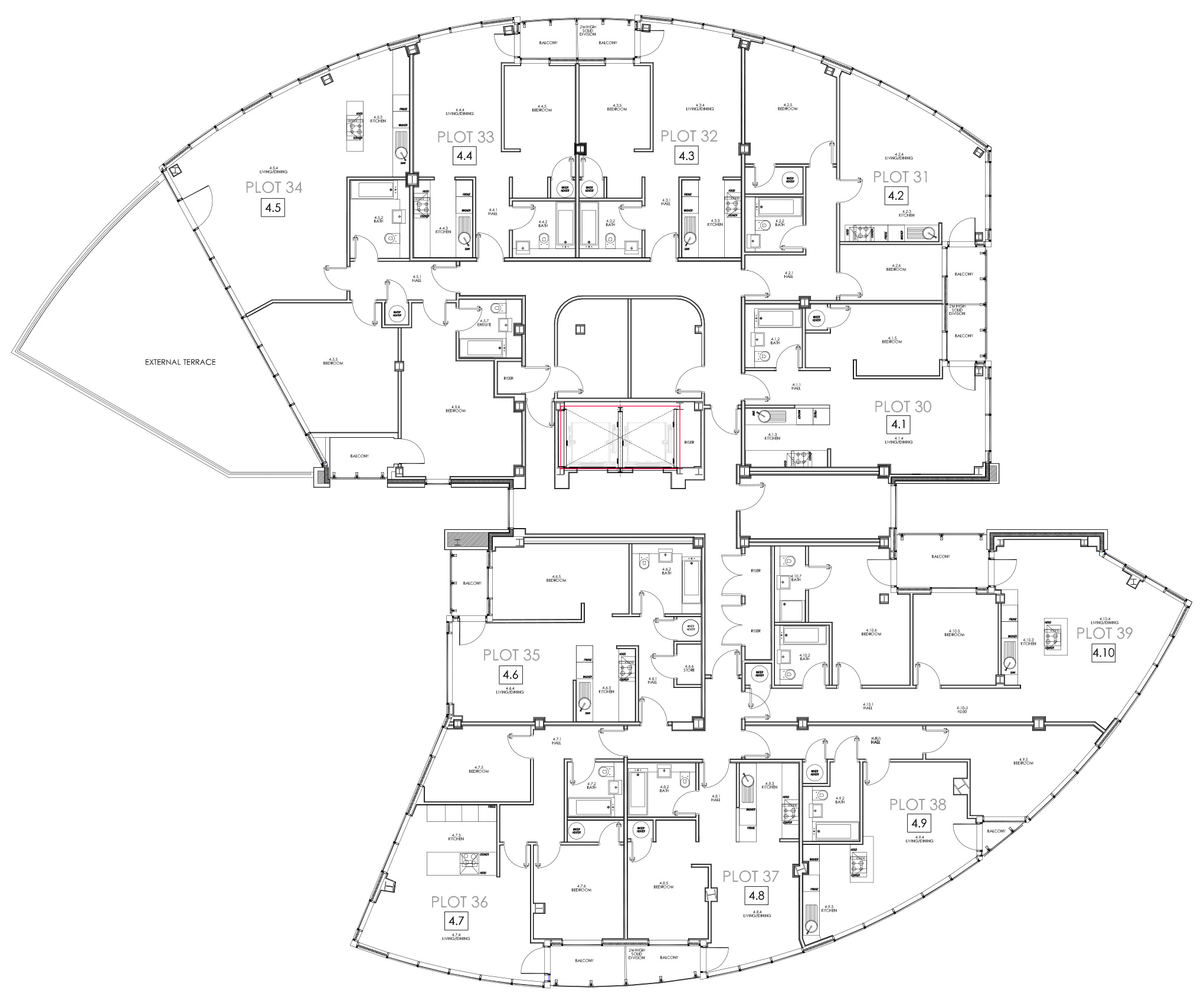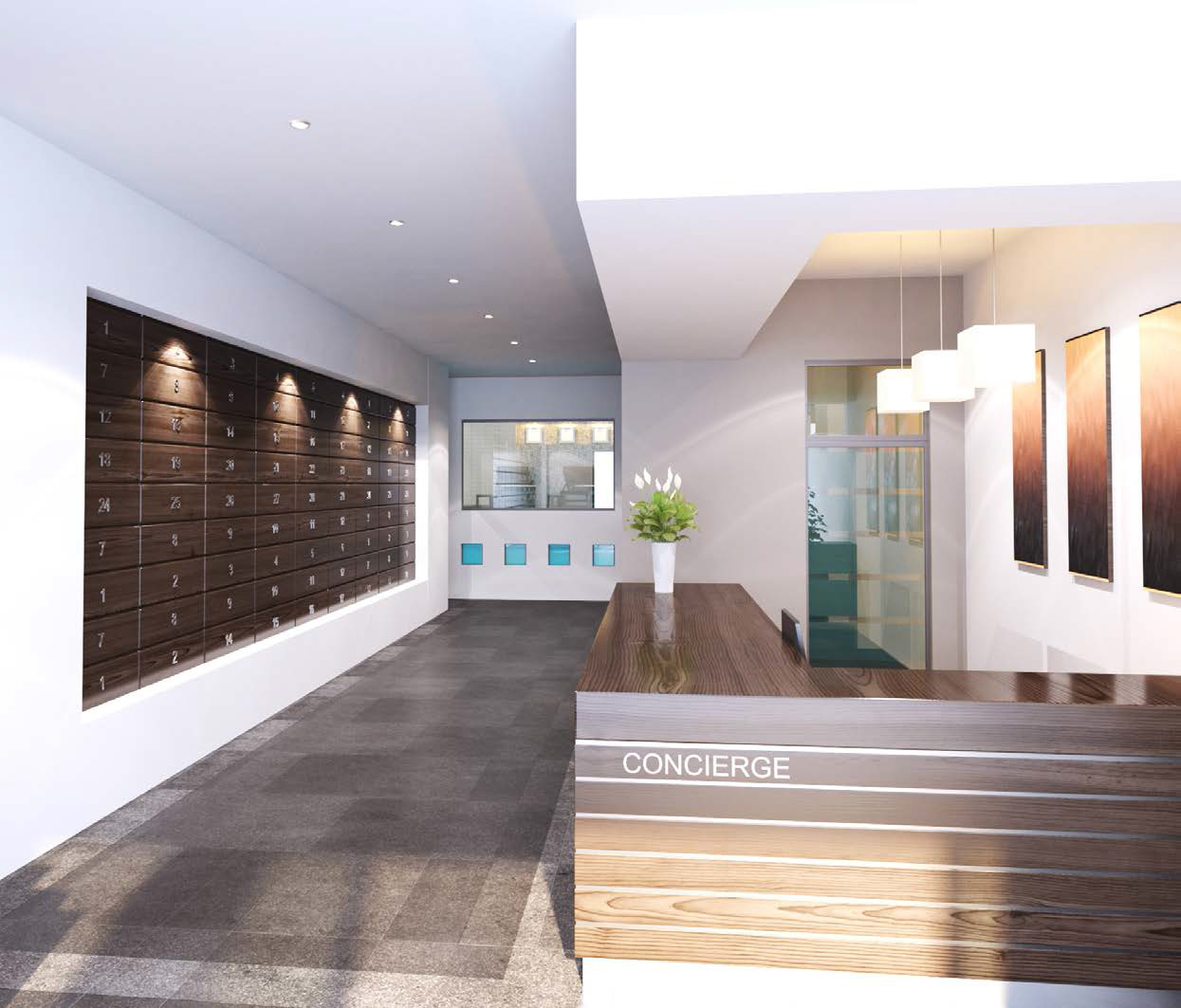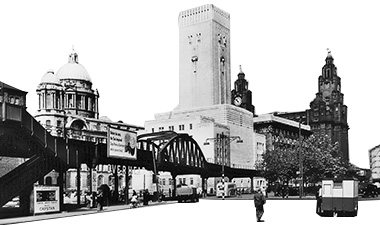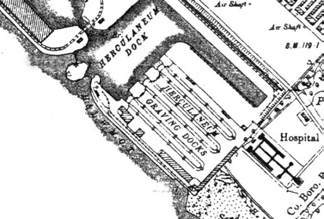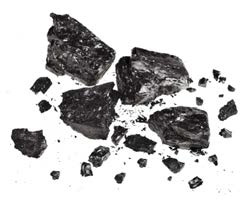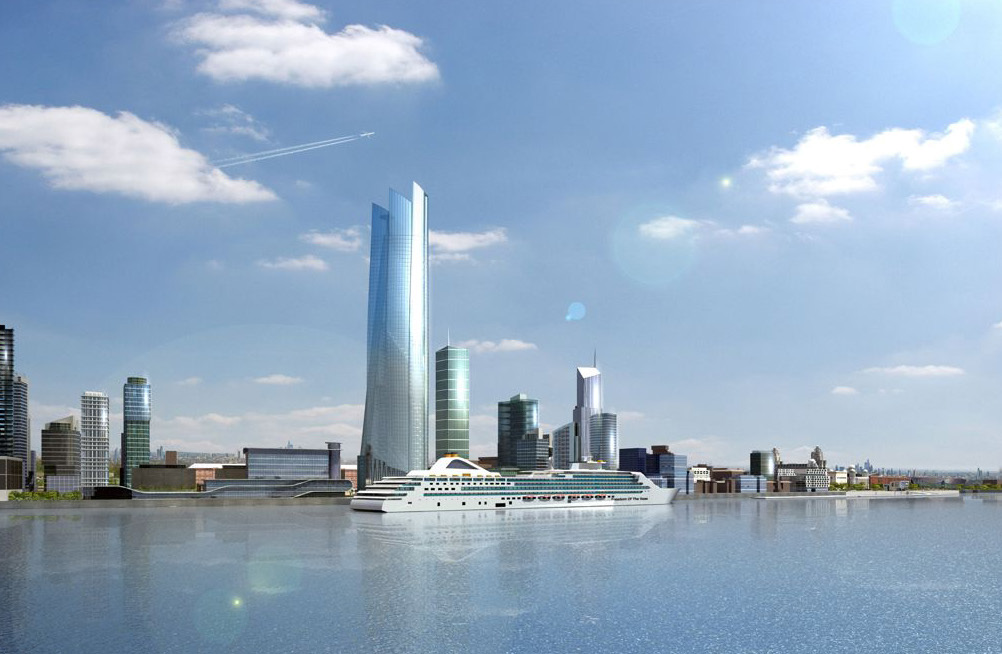1852 Liverpool Overhead railway opened from the North to the South of Liverpool to transport the workers to Herculaneum Dock.
1864 Work begins to build Herculaneum Dock. Most docks are built onto the shore, but Herculaneum is dug from dry land using explosives. Unexcavated material form a dam that keeps the water out until the dock is finished. Removed material is dumped at sea.
Two graving docks (dry dock: a large dock from which water can be pumped out; used for building ships or for repairing a ship below its waterline) are also opened. These are the main reasons for building the Dock.
1866 Herculaneum Dock is officially opened – it will mainly deal in Oil, Coal and Ship Repair.
1881 Parts of Herculaneum Dock are enlarged.
1902 A fourth Graving Dock opens at Herculaneum Dock. Dredgers, Coasters, Steam Hoppers, Tugs and Surveying Vessels visit regularly.
1962 A Coal strike affects trade at Herculaneum Dock that begins to decline.
1956 Closed due to £2million of repairs required – but no finance was obtained or offered from the council. The line was closed.
1972 Herculaneum Dock closes and is filled shortly after. The Oil Trade has moved across the river to Tranmere. The casemates are still very cheap to rent so are used to store wine and cotton.
